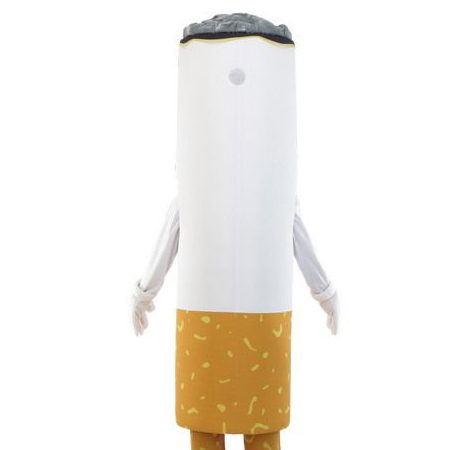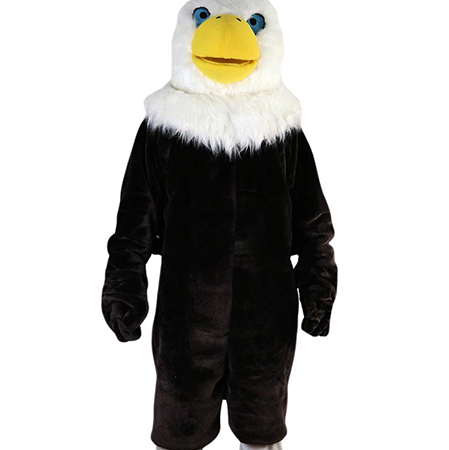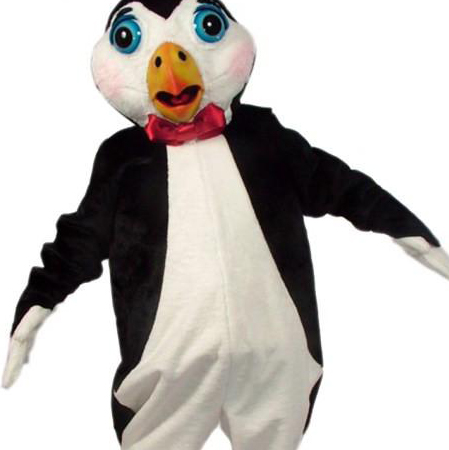Crafting mascot costumes has traditionally been a vibrant, yet resource-intensive process. However, as the world becomes more environmentally conscious, there is a growing demand for eco-friendly practices within this creative industry. This article explores how manufacturers and designers are integrating sustainable methods to produce mascot costumes that not only entertain but also respect our planet.
One of the primary areas where eco-friendly practices are being implemented is in the selection of materials. Traditional mascot costumes often utilize synthetic fibers derived from non-renewable resources. In contrast, contemporary designs increasingly incorporate organic and recycled fabrics. For example, bamboo-derived rayon and hemp are popular choices due to their biodegradability and lower environmental impact during production. Additionally, repurposed materials such as upcycled polyester help reduce waste by giving new life to existing fabrics.

The production process itself has also seen significant green innovations. Manufacturers are investing in energy-efficient technologies and reducing water usage through advanced dyeing techniques. The implementation of solar-powered sewing machines and LED lighting in workshops further minimizes the carbon footprint. Digital printing technology is another breakthrough, allowing for intricate designs without the need for excessive water and chemicals used in traditional screen printing.
Transportation logistics play a crucial role in the overall sustainability of mascot costume production. To mitigate the environmental impact associated with shipping, many companies are adopting local sourcing strategies. By manufacturing costumes closer to the point of use, they can drastically cut down on transportation emissions. Furthermore, some businesses have begun using biodegradable packaging materials and optimized shipping routes to further enhance their green credentials.

Durability and longevity are other important aspects of eco-friendly mascot costume production. High-quality, durable fabrics and craftsmanship ensure that costumes have a longer lifespan, reducing the frequency of replacement and consequent waste. Moreover, offering repair services or take-back programs allows costumes to be refreshed or repurposed, thus extending their usability cycle.
Education and awareness among clients and consumers also drive the shift towards sustainable practices. Mascot costume producers are increasingly transparent about their environmental policies and actively promote eco-friendly options. Clients are encouraged to choose costumes made from sustainable materials and to consider the entire lifecycle of the product when making purchasing decisions.

In conclusion, the integration of eco-friendly practices in mascot costume production represents a significant step towards a more sustainable entertainment industry. From selecting sustainable materials and adopting green production methods to optimizing logistics and promoting durability, these efforts collectively contribute to reducing the environmental impact. As awareness grows, both manufacturers and consumers can continue to champion the cause of creating joyous mascot costumes while protecting our planet.
